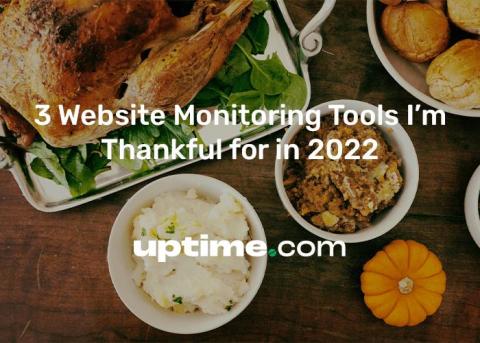Why Developer Work-Life Balance Depends on Quality Website Monitoring
Work-life balance is so important to us that 72% of U.S. employees consider it a high priority when choosing a job. It lets you spend time with your family and friends and gives you a much-needed break from work. For those of us in the website monitoring world, it can be hard to find that balance. Bad website monitoring only worsens the issue, leading to more stressed-out, overworked developers who ultimately burn out and even quit.











